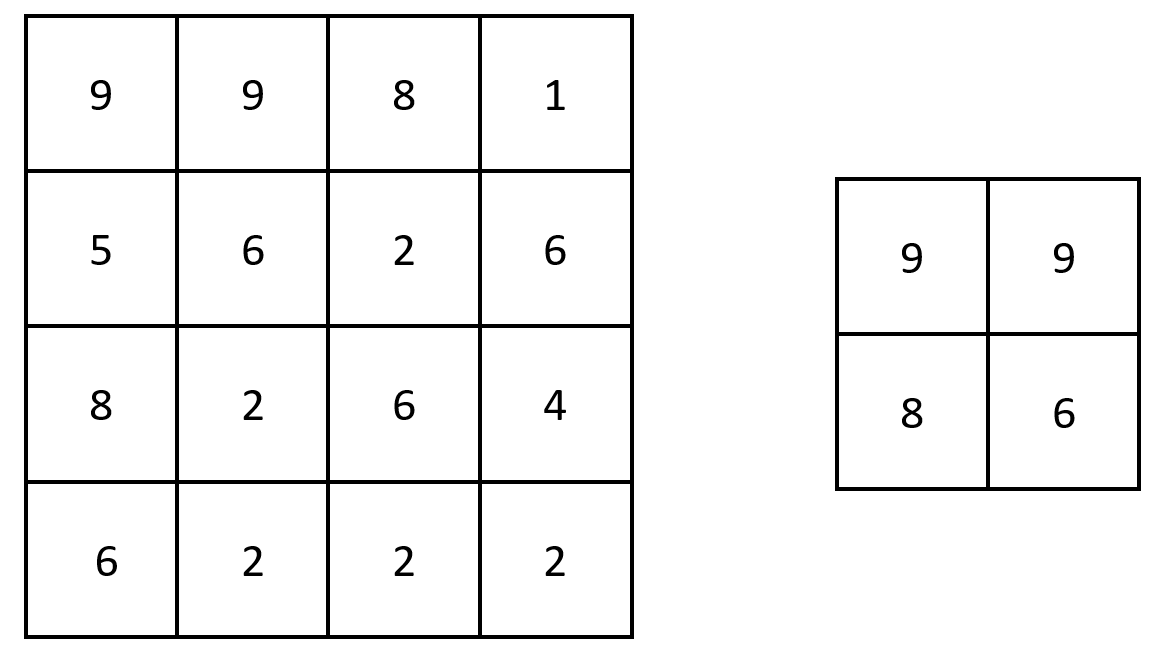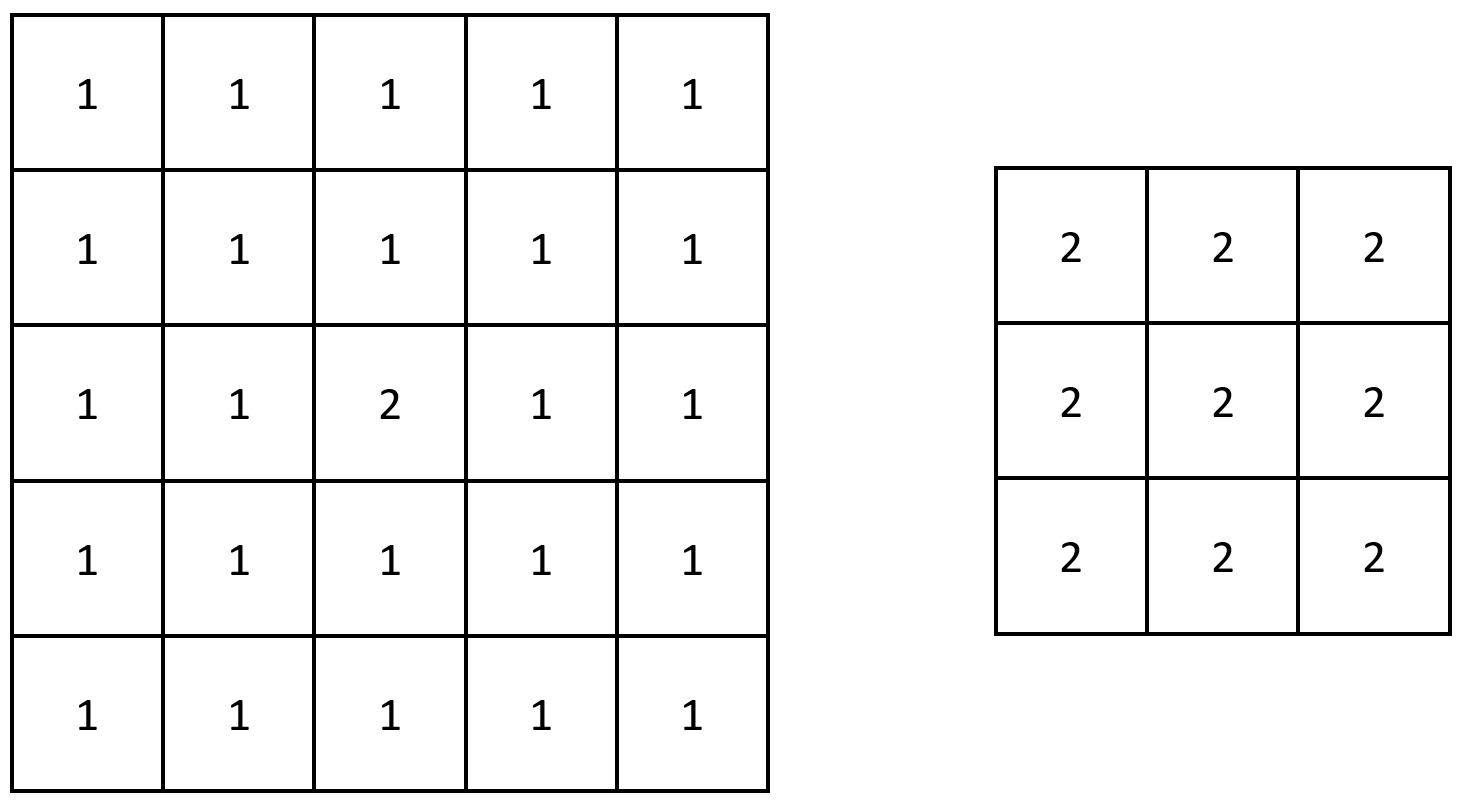You are given an integer array nums of length n, and an integer array queries of length m.
Return an array answer of length m where answer[i] is the maximum size of a subsequence that you can take from nums such that the sum of its elements is less than or equal to queries[i].
A subsequence is an array that can be derived from another array by deleting some or no elements without changing the order of the remaining elements.
Example 1:
Input: nums = [4,5,2,1], queries = [3,10,21] Output: [2,3,4] Explanation: We answer the queries as follows: - The subsequence [2,1] has a sum less than or equal to 3. It can be proven that 2 is the maximum size of such a subsequence, so answer[0] = 2. - The subsequence [4,5,1] has a sum less than or equal to 10. It can be proven that 3 is the maximum size of such a subsequence, so answer[1] = 3. - The subsequence [4,5,2,1] has a sum less than or equal to 21. It can be proven that 4 is the maximum size of such a subsequence, so answer[2] = 4.
Example 2:
Input: nums = [2,3,4,5], queries = [1] Output: [0] Explanation: The empty subsequence is the only subsequence that has a sum less than or equal to 1, so answer[0] = 0.
Constraints:
n == nums.lengthm == queries.length1 <= n, m <= 10001 <= nums[i], queries[i] <= 106
Solution: Sort + PrefixSum + Binary Search
Time complexity: O(nlogn + mlogn)
Space complexity: O(1)
C++
|
1 2 3 4 5 6 7 8 9 10 11 12 |
// Author: Huahua class Solution { public: vector<int> answerQueries(vector<int>& nums, vector<int>& queries) { sort(begin(nums), end(nums)); partial_sum(begin(nums), end(nums), begin(nums)); vector<int> ans; for (int q : queries) ans.push_back(upper_bound(begin(nums), end(nums), q) - begin(nums)); return ans; } }; |

